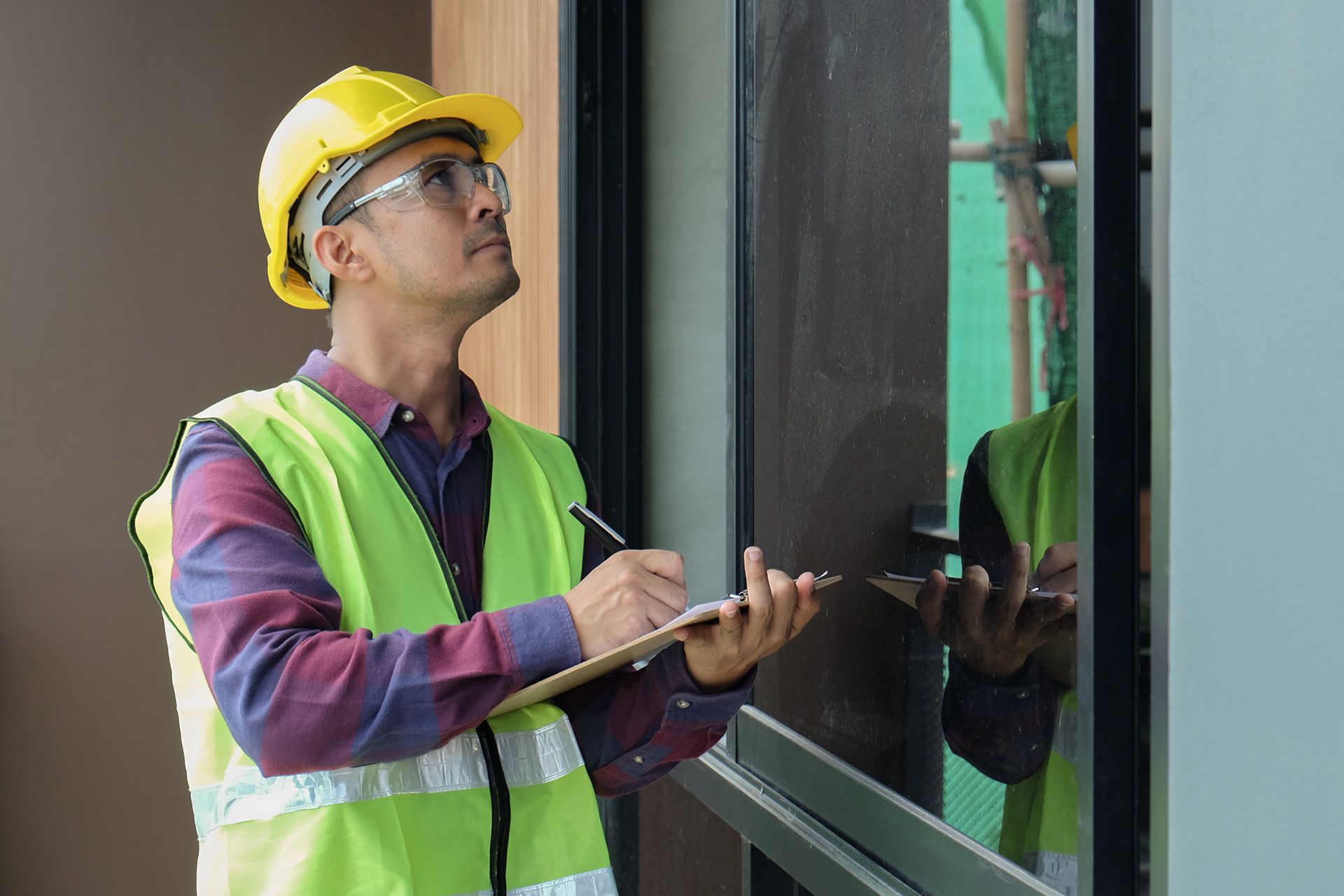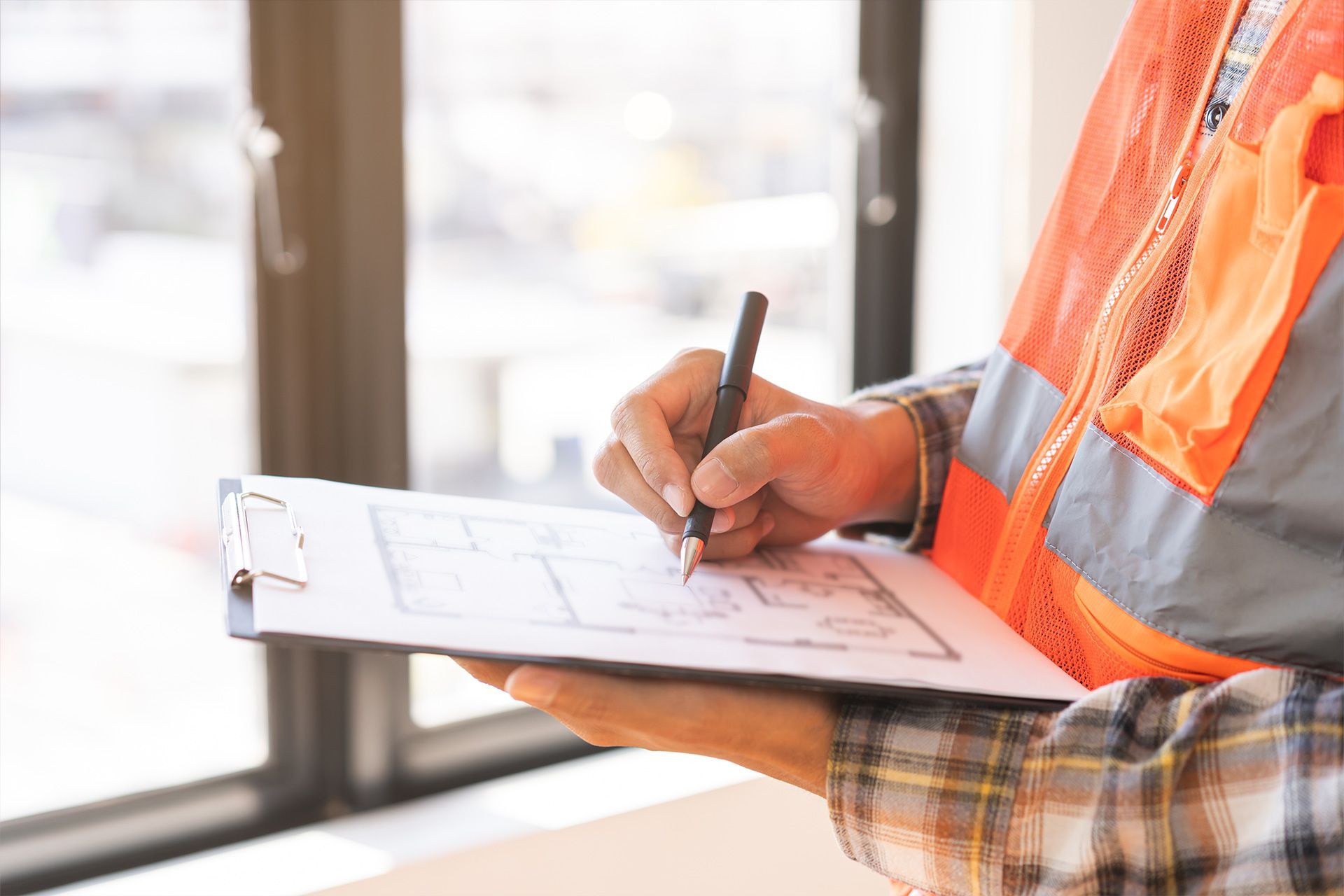Common Issues Found During Home Inspections Explained
Buying a home is one of the biggest investments you’ll ever make. That’s why a professional home inspection is so important — it helps you understand the true condition of the property before closing the deal. A home inspection gives you peace of mind and can save you from expensive surprises later on.
In this article, we’ll explain the most common issues found during home inspections, what they mean, and how you can handle them. Whether you’re a buyer or seller, knowing these problems ahead of time will help you make smarter real estate decisions.
1. Roof Problems
The roof is one of the most common areas where inspectors find issues. Over time, roofs wear out from weather, age, or poor installation. Common problems include:
- Missing or damaged shingles – These can lead to water leaks and damage to ceilings or walls.
- Improper flashing – Flashing prevents water from seeping in where the roof meets chimneys or vents.
- Moss or algae growth – While not always serious, it can trap moisture and shorten roof life.
If the roof is nearing the end of its life, replacement can cost several thousand dollars. Home inspectors will usually recommend repair or a full replacement if there’s extensive damage.
2. Electrical System Issues
Faulty electrical systems can be dangerous and are one of the top safety concerns inspectors note. Some of the common problems include:
- Outdated wiring such as aluminum or knob-and-tube wiring.
- Overloaded circuits that could cause tripped breakers or even fires.
- Missing GFCI outlets in kitchens, bathrooms, or outdoor areas (these outlets prevent electric shocks).
If your home’s electrical system is old or poorly maintained, a licensed electrician should inspect it further. Upgrading the system ensures safety and improves energy efficiency
3. Plumbing Concerns
Plumbing issues can lead to leaks, mold, and costly repairs if not addressed quickly. During an inspection, common problems might include:
- Leaky faucets or pipes under sinks or behind walls.
- Low water pressure caused by corrosion or clogged pipes.
- Old materials such as galvanized steel pipes that rust and reduce water flow.
- Water heater problems, such as age or sediment buildup.
Inspectors may suggest replacing old plumbing or upgrading the water heater to improve safety and performance.
4. Foundation and Structural Issues
Your home’s foundation is what holds everything together, so problems here can be serious. Inspectors often look for:
- Cracks in walls or floors
- Doors or windows that don’t close properly
- Uneven floors or sagging beams
These signs might point to settling, soil movement, or moisture issues. Some cracks are minor, but others can mean structural damage that needs professional attention. If foundation repairs are required, costs can range from a few hundred dollars to several thousand depending on severity.
5. HVAC (Heating, Ventilation, and Air Conditioning) Problems
A comfortable home depends on a working HVAC system. Home inspectors check for:
- Dirty or clogged filters that reduce airflow and efficiency.
- Old or inefficient units that may need replacement.
- Leaks in ductwork that waste energy and reduce air quality.
- Poor maintenance records – lack of regular servicing can shorten system lifespan.
Simple fixes like replacing filters and cleaning ducts can improve performance, but outdated systems might need upgrading to meet modern energy standards.
6. Moisture and Mold Issues
Moisture problems can lead to mold growth, wood rot, and poor indoor air quality. Inspectors often find moisture issues in basements, crawl spaces, and bathrooms. Common causes include:
- Roof or plumbing leaks
- Poor ventilation
- Improper grading or drainage around the home
Mold can trigger allergies and respiratory problems. If discovered, it’s important to find and fix the source of moisture before cleaning or remediation.
7. Poor Drainage and Grading
Water should always flow away from your home, not toward it. Improper grading or drainage can lead to basement leaks or foundation damage. Signs of poor drainage include:
- Pooled water near the foundation
- Erosion or soft soil around the home
- Water stains in basements or crawl spaces
Improving grading, adding gutters, or extending downspouts can usually solve the issue before it causes serious damage.
8. Attic and Insulation Issues
The attic plays a key role in energy efficiency and ventilation. Common problems include:
- Insufficient insulation
leading to heat loss in winter or heat gain in summer.
- Poor ventilation causing moisture buildup or ice dams.
- Rodent or pest infestations that can damage insulation and wiring.
Proper insulation and ventilation can lower your energy bills and prevent long-term damage.
9. Exterior and Structural Damage
The exterior of your home protects everything inside. Inspectors look for:
- Cracked siding or peeling paint that exposes the home to water damage.
- Rotting wood trim or
damaged decks and railings.
- Faulty caulking around windows and doors allowing drafts or leaks.
Maintaining your home’s exterior improves curb appeal and prevents expensive repairs down the road.
10. Safety Hazards
Beyond visible damage, inspectors also check for safety concerns such as:
- Broken handrails or loose steps
- Missing smoke or carbon monoxide detectors
- Asbestos or lead paint in older homes
Addressing these hazards protects your family’s health and ensures the home meets modern safety standards.
Why Home Inspections Matter
A home inspection isn’t about passing or failing—it’s about awareness. The report gives buyers a detailed picture of the home’s condition so they can negotiate repairs or price adjustments with confidence. Sellers can also benefit by identifying issues before listing their property.
Hiring a certified and experienced home inspector ensures accurate results. Look for professionals who are licensed, insured, and members of recognized associations like ASHI (American Society of Home Inspectors) or InterNACHI (International Association of Certified Home Inspectors).
How to Handle Inspection Findings
If the inspection report lists several issues, don’t panic. Most homes have at least a few minor problems. Here’s what to do next:
- Review the report carefully and prioritize safety-related concerns.
- Get repair estimates from qualified professionals.
- Negotiate with the seller for repairs or a price reduction.
- Plan for future maintenance if issues aren’t urgent.
Being proactive can help you protect your investment and maintain the value of your home.
FAQs About Home Inspections
How long does a home inspection take?
Typically, a home inspection takes 2 to 4 hours, depending on the home’s size, age, and condition.
Should I attend the home inspection?
Yes! Attending helps you understand the inspector’s findings and ask questions directly.
What happens if the inspection finds serious problems?
You can request repairs, negotiate a lower price, or even walk away from the deal if the issues are too costly.
Are new homes free from inspection issues?
Not always. Even new construction homes can have defects in roofing, plumbing, or electrical work. It’s always wise to inspect before closing.
How much does a home inspection cost?
In the U.S., a standard home inspection typically depends on location and home size.
Final Thoughts
Home inspections give buyers and sellers valuable insights into a property’s true condition. Knowing the
common issues found during home inspections helps you plan, budget, and negotiate better — ultimately protecting your investment.
Schedule a professional home inspection with Elevate Inspection Group today to make your next home purchase a confident one!
Disclaimer: The information on this website and blog is for general informational purposes only and is not professional advice. We make no guarantees of accuracy or completeness. We disclaim all liability for errors, omissions, or reliance on this content. Always consult a qualified professional for specific guidance.




